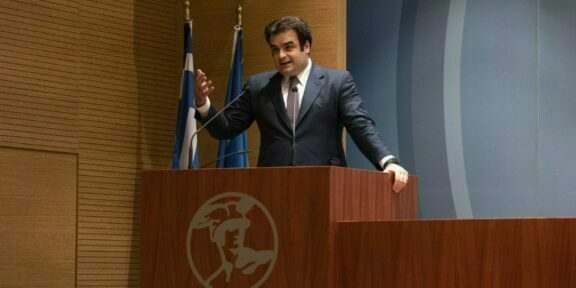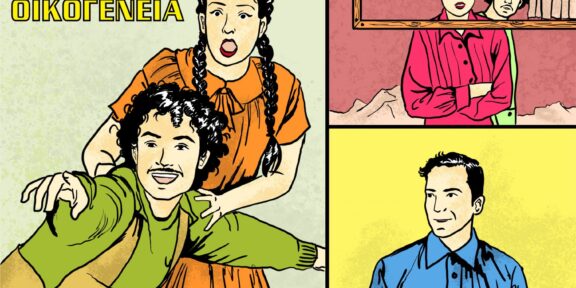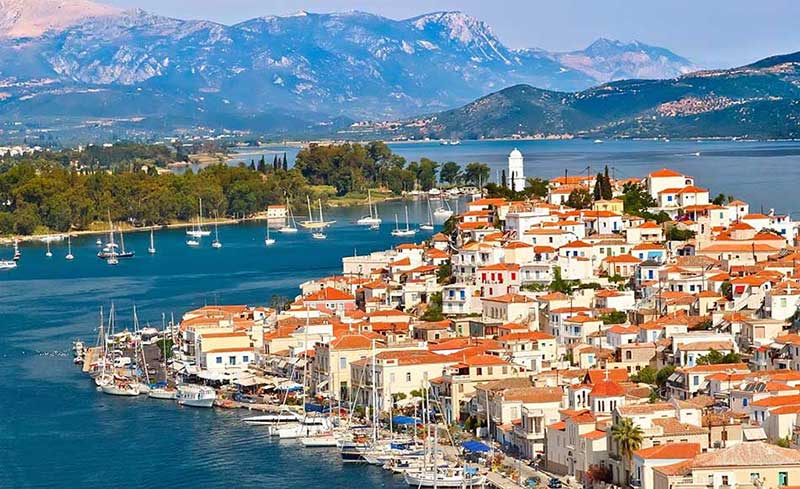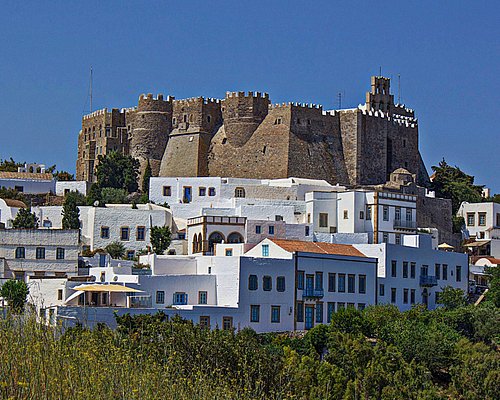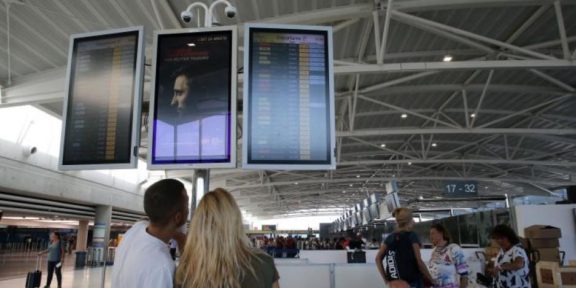The present meetings seek to present to the general public the Greek revolution in a different way and not through the prism of military operations, civil conflicts and desperate efforts to attract the help of the great powers of the time.
More precisely, they face the focus from the Revolution itself to some of its protagonists, such as Greeks of the Danube Hegemony, who largely prepared the ground for national polygenesis. Taking advantage of the decision of the High Gate to replace, in 1711 in Wallachia and in 1714 in Moldavia, the domestic rulers with representatives of the families of Fanari, many enslaved Greeks considered it expedient to seek a better fate in the mouth of the Danube. In addition to the natural wealth of the provinces and the economic opportunities, they were attracted by the complete internal autonomy and the old privileges of the provinces, which forbade the Muslims to build places of worship, as well as to settle permanently in the Hegemony. Thus, in Bucharest and Iasi, in Craiova and Ramnik, but also in other cities of Wallachia and Moldavia, the Greeks were able to devise plans of liberation away from the watchful eye of the Ottomans, culminating in the feats of Alan and Alexis. Holy Corps. And, in addition to their revolutionary action, they created, together with the locals, a familiar culture, markedly different from that of the mainly Ottoman Empire, due to the complete absence of any Islamic element. Undoubtedly, in the first phase the Greeks settled north of the Danube, who are called by the general conventional term Phanariotes, from their patrons on the thrones of Bucharest and Iasi, contributed to the reorientation of the way of life in the Hegemony, but later, from the last quarter of the 18th century, contributed decisively, together with the Russians of the Provisional Occupation Forces, to the penetration of progressive ideas and elements of Western culture in Wallachia and Moldavia.
The lecture series analyzes the way of life of the protagonists of the Greek Revolution in Bucharest and Iasi, the courtyards of the rulers and the mansions of the Voyages, the food and cooking of the time, the luxurious uniforms of the officials, for the economic and commercial activities of the Romans , for the way of their entertainment, as well as the Greek-speaking education and the spiritual life in the hegemony.
The meetings are coordinated by Tudor Dinu, a professor at the University of Bucharest, who has devoted two decades to the study of the Phanariotic culture of the Romanian lands, writing numerous reference books, including the richly illustrated work, History through ecclesiastical portraits, Porphyra publications, Academy of Athens award, 2018.




